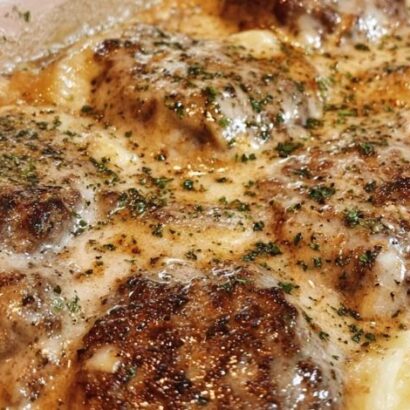Introduction
Kitchen cabinets are one of the most used—and most visible—features in the home. Over time, grease, dust, and cooking residue build up on their surfaces, leaving them sticky, dull, and unattractive. A thorough cleaning not only restores their shine but also extends their lifespan, keeping your kitchen fresh, hygienic, and inviting.
A Brief History and Cultural Meaning
Cabinet care dates back to the 19th century, when built-in cabinetry became a household staple. Across many cultures, a spotless kitchen has long symbolized hospitality, family care, and pride in the home. Cleaning cabinets isn’t just routine maintenance—it’s part of a deeper tradition of keeping the heart of the household clean, orderly, and welcoming.
What You’ll Need
- 2 cups warm water
- 2 tbsp mild, grease-cutting dish soap
- 1 cup white vinegar
- 2 tbsp baking soda
- 2 tbsp olive oil or mineral oil (for polishing)
- 2 microfiber cloths (one for cleaning, one for drying)
- 1 soft-bristle brush or old toothbrush
- Spray bottle (optional)
Optional Additions
- A few drops of lemon essential oil for a fresh scent
- Castile soap as a natural alternative to dish soap
- Store-bought wood polish for extra shine
- Magic eraser for stubborn stains
- Gloves for sensitive skin
Tips for Best Results
- Always spot-test your solution on a hidden area first.
- Clean from top to bottom to avoid drips on finished areas.
- Never soak cabinets—too much liquid can warp wood.
- Use small circular motions for stubborn grime.
- Buff with a dry cloth to restore luster after cleaning.
Step-by-Step Instructions
1. Make the Cleaning Solution
Mix warm water, dish soap, and vinegar in a bowl or spray bottle. For heavy grease, create a paste with baking soda and a little water.
2. Wipe Down Cabinets
Dip a microfiber cloth into the solution, wring it out, and wipe doors, handles, and edges.
3. Scrub Stubborn Spots
Apply the baking soda paste to greasy or sticky areas and scrub gently with a toothbrush.
4. Rinse and Dry
Wipe again with a damp cloth to remove residue, then dry thoroughly with a clean microfiber cloth.
5. Polish for Shine
Dab a small amount of olive oil or mineral oil onto a cloth and buff the cabinet surfaces for a natural, glossy finish.
The Results
Once cleaned, your cabinets will look refreshed, free from grease and buildup. Vinegar and soap lift grime, baking soda targets tough spots, and oil restores warmth and shine—leaving your kitchen brighter, cleaner, and more welcoming.
Benefits Beyond Cleanliness
- Health: Fewer bacteria and allergens in the kitchen.
- Longevity: Cabinets last longer with regular care.
- Eco-Friendly: Gentle cleaners reduce exposure to harsh chemicals.
Conclusion
Deep cleaning dull, grimy kitchen cabinets is one of the simplest ways to rejuvenate your home’s centerpiece. With just a few everyday ingredients, you can restore their shine and keep your kitchen looking and feeling its best.
Recommendation
Wipe cabinets every 2–3 months for routine care, and do a deeper polish twice a year. Combine cabinet cleaning with general kitchen upkeep for a space that’s both beautiful and functional.
A Final Thought
A clean kitchen creates a sense of calm and joy, making cooking and family time more enjoyable. Using natural, gentle cleaners not only protects your cabinets but also your household’s health. Fresh, gleaming cabinets are more than just visually appealing—they’re a foundation for healthier living and happier cooking.


